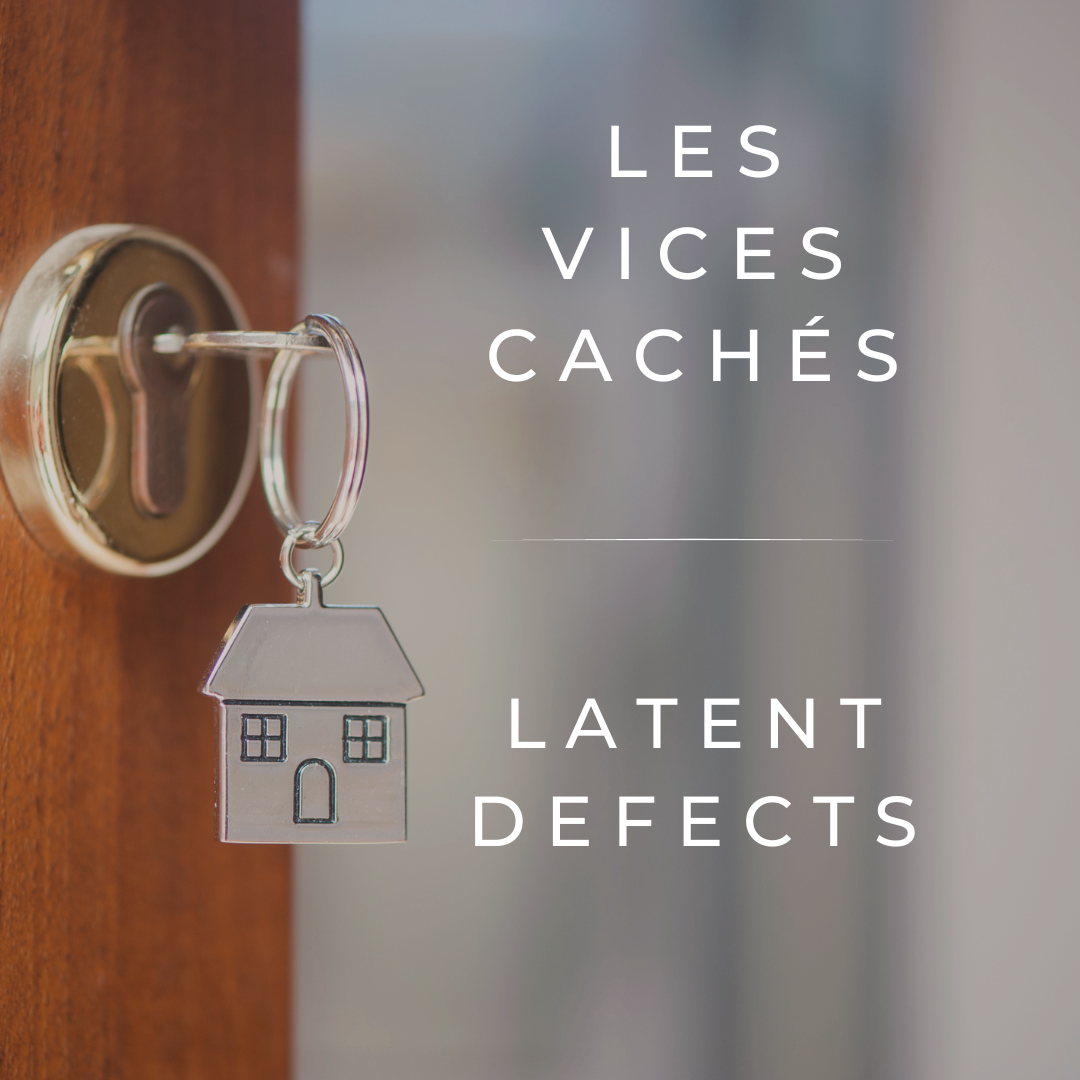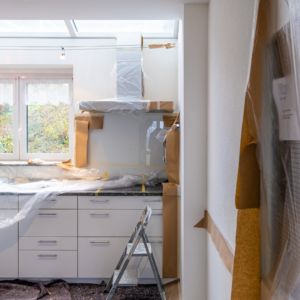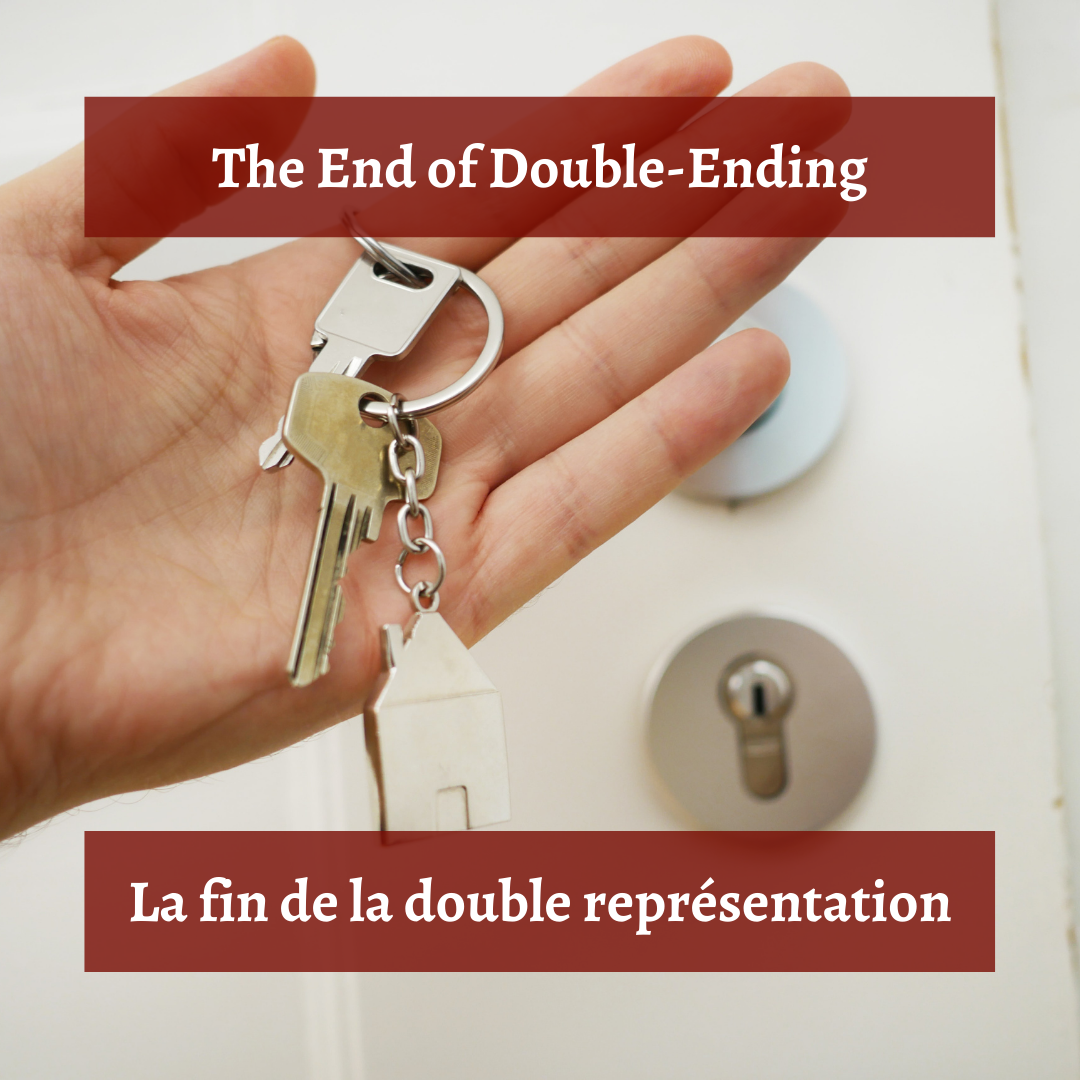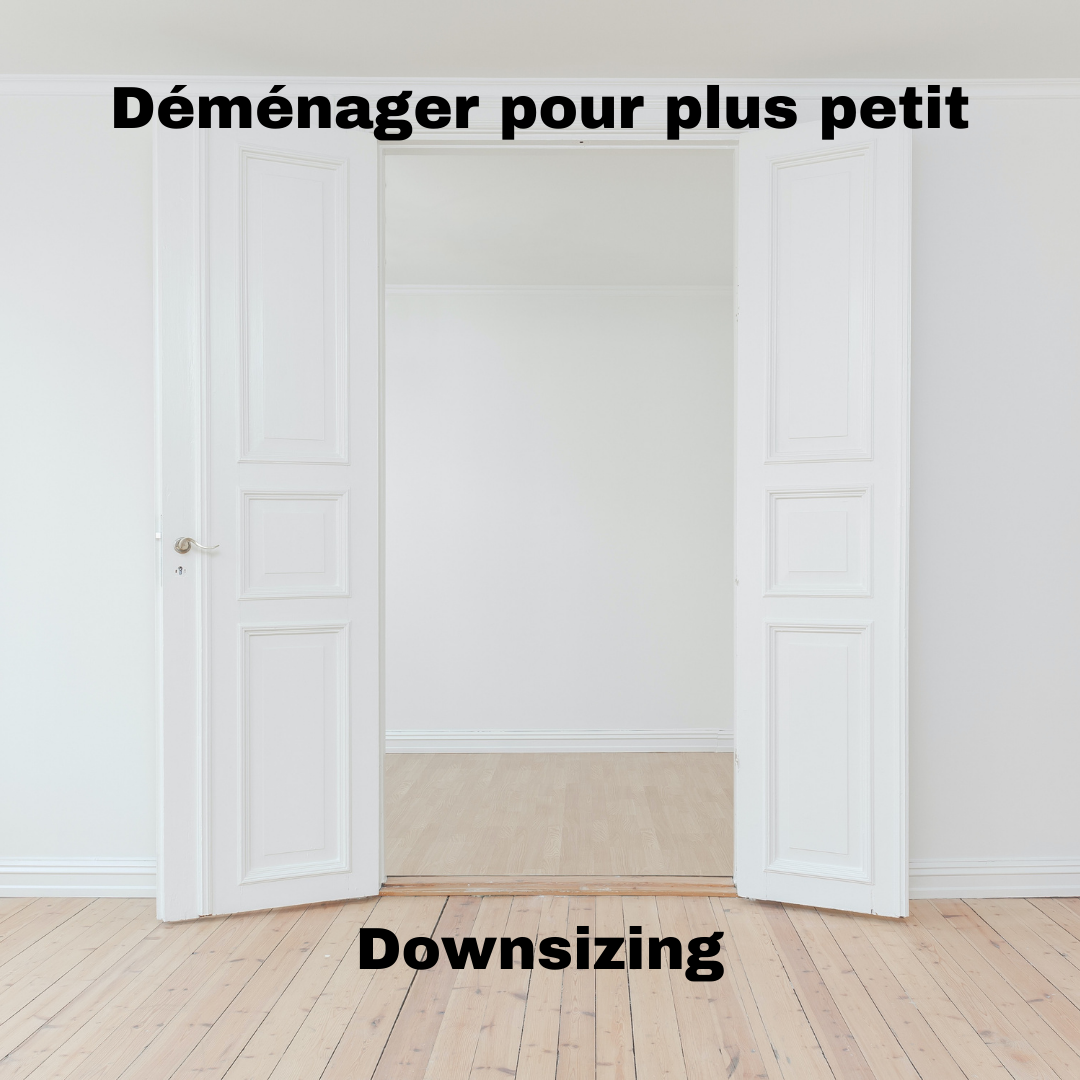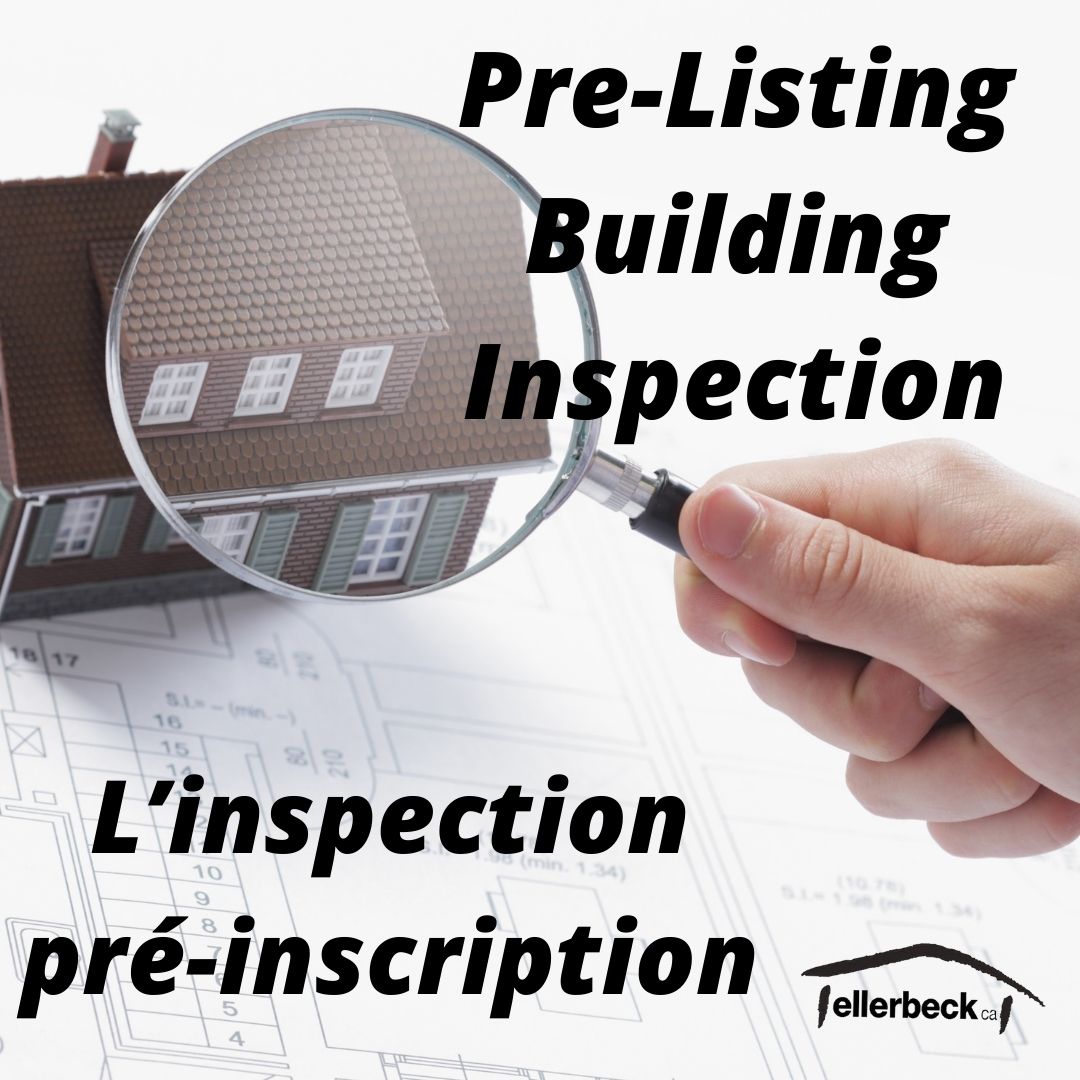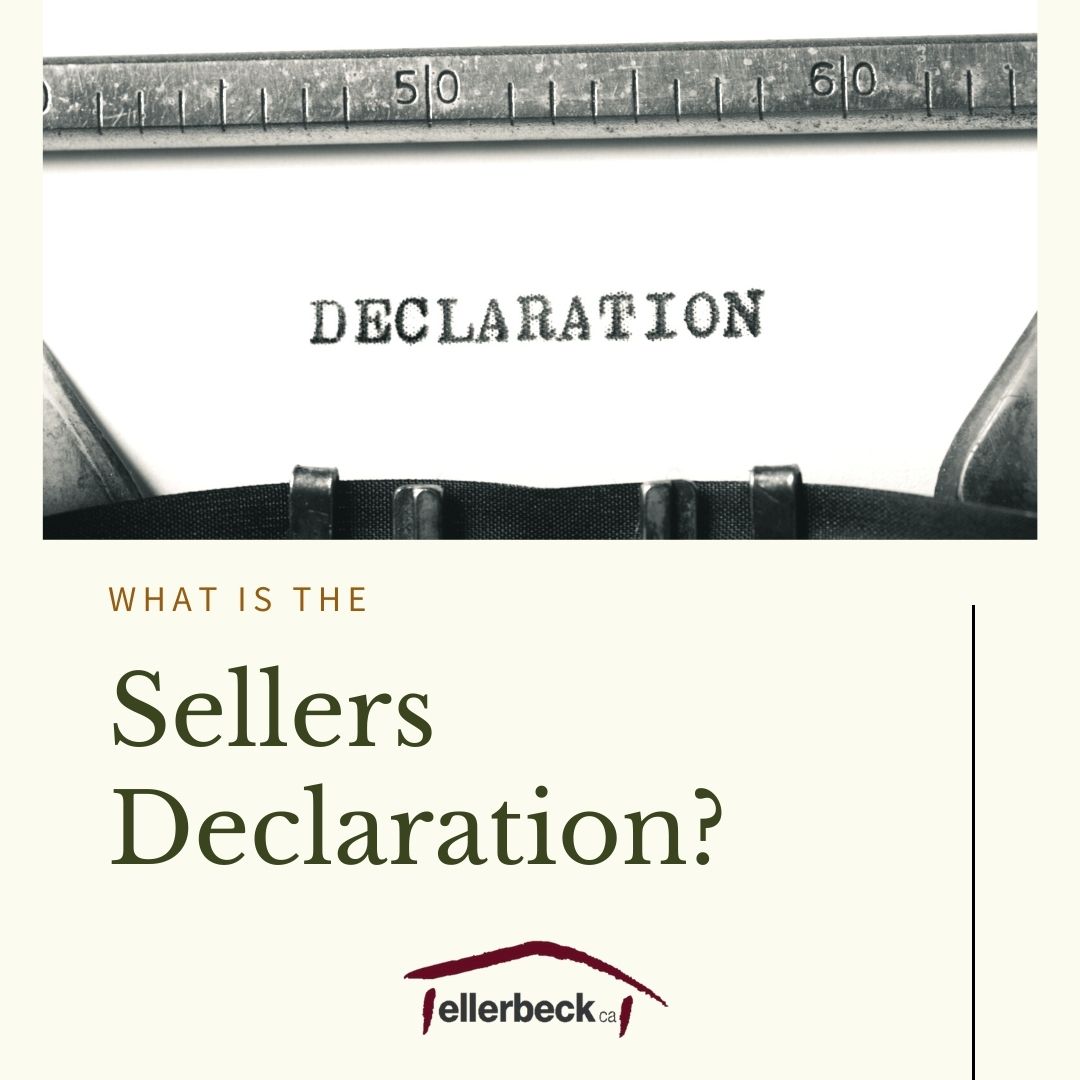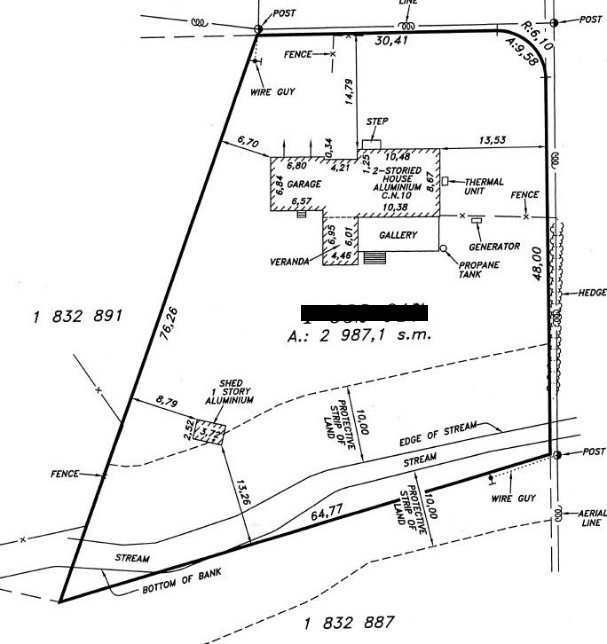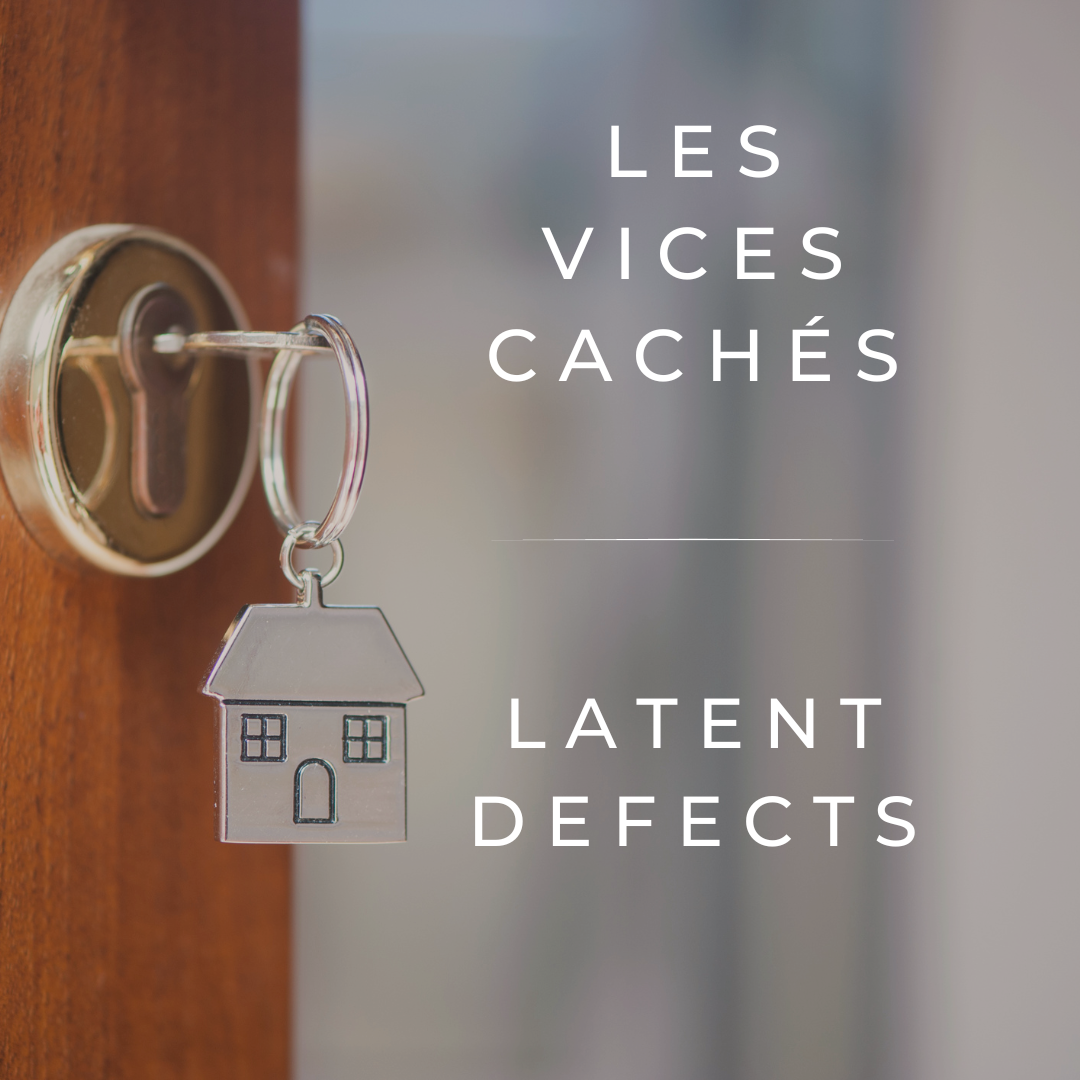You have a firm accepted offer on your home. Congratulations! After weeks of keeping your house spotless and in ready-to-show condition, you’re ready to start packing. It’s easy to get caught up in the excitement of moving to your new home but you still have some responsibilities to the buyers of your current home.
Clause 10.2 of the Promise to Purchase, which you signed when you accepted the buyer’s offer, reads as follows:
The SELLER promises to sell the IMMOVABLE to the BUYER and, unless stipulated otherwise in clause 12.1, undertakes to deliver the IMMOVABLE in the condition in which it was when the BUYER visited it.
You are required to deliver the home in the condition it was in when the buyers visited it. You’re responsible for the care and maintenance of the house until the occupation date. If something stops working or gets damaged between the time the buyers visited and the time they take possession, you are required to repair it.
This means you still have to mow the lawn and clean the pool and rake the leaves. If a tree falls on the property, you have to have it removed. If the sprinkler system breaks, you have to get it repaired. If you accidentally damage the drywall moving your furniture out, you have to patch and repaint it.
In the case of major damage – say the tree fell onto the house instead of into the yard – you should notify your real estate broker who will in turn notify the buyers and their broker. Depending on how bad the damage is, the buyers might want to be consulted on the repairs carried out, for example picking out finishes or paint colours.
Clear the Property
In addition to handing over the property to the buyers in the condition they saw it, you are also required to remove ALL of your personal belongings.
Clause 11.2 of the Promise to Purchase reads as follows:
OCCUPANCY OF PREMISES – The SELLER undertakes to render the immovable available for occupancy by the BUYER as of (date & time), and to leave it free of any property not included in this promise to purchase or not assumed by the BUYER, failing which the BUYER may have it removed at the SELLER’s expense.
Unless it’s built-in or you otherwise agreed to it with the buyers, you must remove everything from the house when you move out – every piece of furniture, every garden tool in the shed, every last paint can in the basement.
Anything you leave behind can be disposed of by the new owners and you will be billed for the cost of removal. Be warned that this could end up being very expensive because the buyers aren’t required to find the best price for the removal [Check out our guide to Downsizing for some ideas on what to do with your extra stuff].

Once your house is empty, clean it thoroughly. A professional cleaning service can do the job quickly and efficiently, at a fairly reasonable cost.
Notify the utilities (electricity, gas/oil, internet, etc) of the date you’ll be transferring ownership so that the new owners can set up their utilities.
Finally, collect all keys and door openers, and provide access codes where applicable. Leave them in an easy to find spot or hand them over to the notary on the day of signing.
Not required, but nice to do
In the interest of maintaining a friendly relationship with the buyers, there are some extra things you can do to make settling into their new home easier:
Gather all manuals and warranty information for appliances and systems.
Share documentation and contractor information for any renovations, updates and repairs done, if you have them. Share contact information for reliable service providers (ex plumber, electrician).
Share maintenance and landscaping schedules, provide tips on seasonal upkeep and any preferred service providers. Pass along information about watering schedules or specific care instructions for plants or gardens.
Share information about the neighbourhood (garbage collection schedules, local amenities, neighbourhood associations, etc). Offer recommendations for nearby services (restaurants, healthcare facilities, etc.).
Moving can be extremely stressful, so ensuring you’ve met your obligations to the buyers – just as the sellers of the home you’re moving to will do for you – will help make everyone’s move easier.
NB The foregoing provides only an overview and does not constitute legal advice. Readers are cautioned against making any decisions based on this material alone. Rather, specific legal advice should be obtained.


